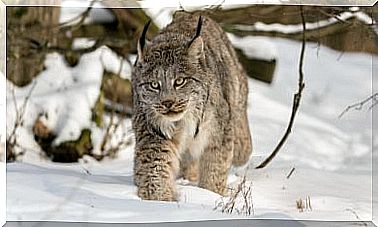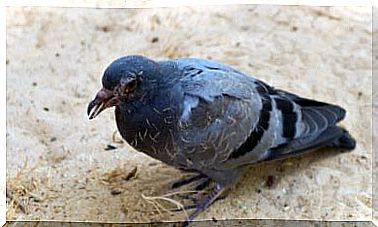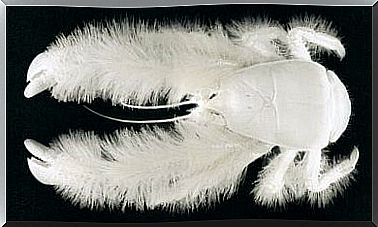The History Of The Last Mammoths
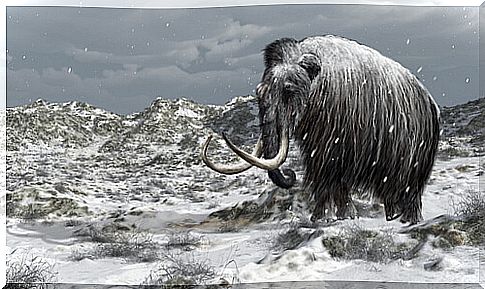
The prehistoric megafauna has disappeared from Europe, and nothing remains of those rhinos or saber teeth that populated our lands. But some of these great beasts survived longer than we think. Do you know what happened to the last mammoths?
Ever since gigantic elephant-like bones were examined in Siberia in 1728, this species has amazed man. It was at the beginning of the 19th century when the first frozen prehistoric corpse of these animals was found, so today we know a lot about their appearance and biology.
What is a mammoth?
When we talk about mammoths, we are referring to cousins of elephants that lived from almost five million years ago to a few thousand years ago. Although there are several species, the woolly mammoth stands out as the most famous of them all.
The mammoths were not much larger than the African elephants, but there is some record data, such as the Songhua River mammoth or the imperial mammoth, that could reach five meters in height.
Woolly mammoths lived in cold regions, so their ears were even smaller than those of the Asian elephant, in order to avoid frostbite. Surely, they had a hump of fat or a tuft of hair on their backs due to the cave paintings that we see in the Paleolithic Age.
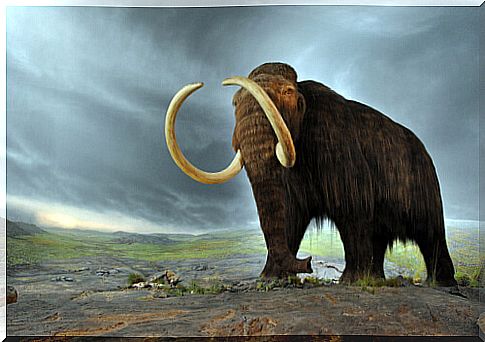
Why were mammoths extinct?
13,000 years ago, after the last ice age, temperatures began to rise and the mammoth’s habitat changed dramatically. This is relegating it to smaller and smaller areas until there are no ecological niches to which it is adapted.
We know that humans hunted mammoths, both from representations and remains and from scientific data. A study of the tusks of these animals reveals that the last mammoths that inhabited the planet during the 30,000 years before their extinction decreased the age at which they were weaned.
Interestingly, in modern elephants climate change has increased their weaning time, while hunting has reduced it, so it is believed that hunting by various hominins could be one of the main causes. The human being has been behind the extinction of large animals due to hunting, and for this you only have to see the disappearance of the giant lemurs or even the European bison.

What happened to the last mammoths?
However, the last mammoths are extinct animals less than we think. Two populations survived until less than 9,000 years ago: on two islands in Alaska and Siberia.
We begin the story of the last mammoths on Saint Paul Island, Alaska. It is known that these animals survived on the island until 6000 BC, an era in which agriculture had already appeared in the Nile Valley. In Mesopotamia the wheel was used or in the Middle East they began to raise goats.
The rise in temperature, together with the lack of water and the rise in sea level, could spell the end of the last Alaskan mammoths. The gradual disappearance of vegetation accelerated the erosion and disappearance of the last lakes and, if modern elephants can drink 200 liters of water a day, it seems likely that this was a problem for the last mammoths.
However, the last mammoths lived a little longer. On the island of Wrangel, in Siberia, these animals survived 5,000 years after the extinction of the mammoth on the mainland, which coincides with the arrival of humans on the island. This much more modern era coincides with the construction of Stonhenge, the beginning of dentistry in China or the construction of the first palaces in Crete.
The mammoths of this island could have succumbed, this time yes, to the action of man. Although no remains have yet been found evidencing their consumption, the presence of ivory harpoons and the disappearance of the last mammoths just a few years after man arrived in Wrangel seem to blame us again, at least in part, for an extinction.



